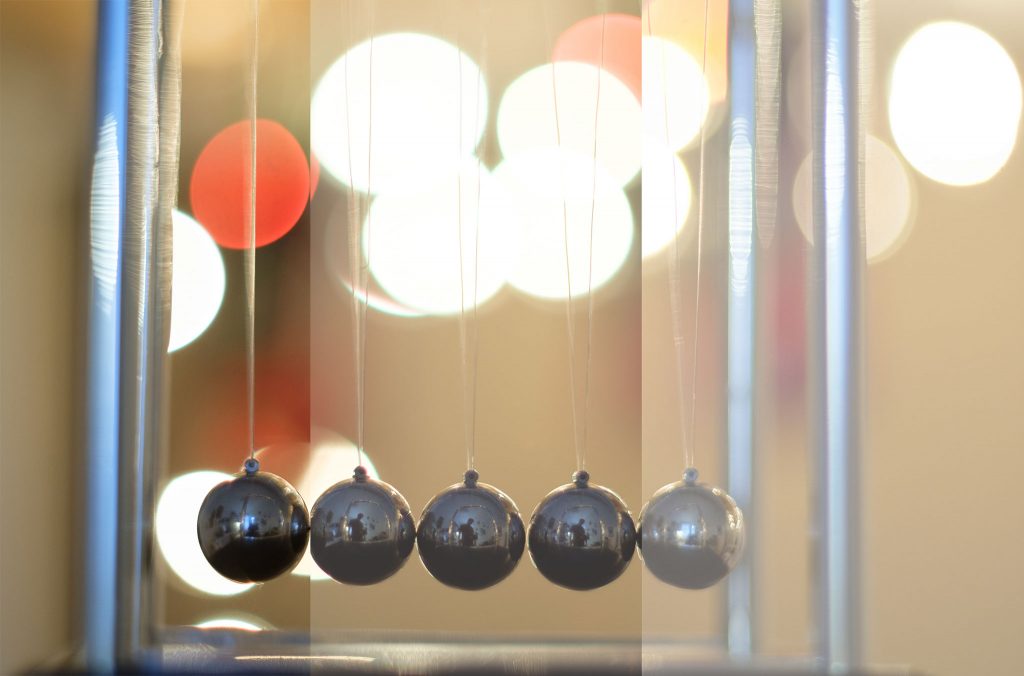What does the photographer need? Lenses! And why? Because he wants them! And what does the photographer not always have? Money! And what does he do then? He simply gets the best for little money.
It is said 50mm focal length is the normal focal range, because it is closest to our natural field of view (some deny this and again others ...). In analogue times therefore a 50mm was almost always the kit lens when you bought a new camera. That’s also the reason why there is still an incredibly large market for used lenses today. Even the so-called "light monsters" with f1.4 or even f1.2 cost much less than their current counterparts for digital cameras.
The three bokehlicious ones …
Yes, there’s no autofocus on the mentioned lenses. Yes, some of these lenses are not even sharp over the entire image. But these »old« lenses have personality, they are not calculated to death as Ken Wheeler, the »angry photographer« would probably say. Ken is a self-proclaimed expert in the field of camera lenses. One may argue about his special way to present his knowledge on YouTube but I often benefitted from his tips regarding inexpensive but powerful lenses.
What does the photographer love? BOKEH!!! (Bokeh is not yet in the german dictionary but however it is very, very important.) The rule of thumb states, the lower the f-stop and the higher the focal range the larger the Bokeh. But that does not mean that it is always really nice to look at.
I wanted to know myself for my own 50mm lenses and did the BOKEH-Balls test.
The candidates
Over the last years I’ve bought some 50mm lenses. Most of the time I could calm my wife with the low prices. We are talking about a small investment: less than 100 Euro—often even under 50 Euro. You will find here neither historical data nor physical facts about the individual lenses–you can find out about this with the help of Mrs. Google.
Pentacon auto 50mm f1.8 MC (Purchasing price 33,– €)
A wonderful lens from the GDR – stopped down super sharp and with an interesting, almost old-fashioned bokeh. The way of focus is very long, which is an absolute gain when focusing manually with focus-peaking.
Minolta MD Rokkor 50mm f1.4 (Purchasing price 70,–€)
Minolta was known for its good cameras and lenses. Therefore even Leica has worked with Minolta in making the Leica CL. The MD Rokkor 1.4 is a great lens which for my taste sometimes renders too soft fully opened. I still do not know whether it is only my specimen or it is generally so. But I love it for portraits—it flatters the face.
Yashinon-DS 50mm 1.7 (Purchasing price 35,– €)
I call an analogue Yashica Electro 35 GS my own and I am smitten with its super-sharp 40mm lens. The prime with 50mm doesn’t take the backseat to the 40mm. It is incredibly sharp already wide open and stopped down it is even sharper! Its microcontrast is outstanding - what can especially be seen in black and white pictures.
The experimental set-up
One may call this headline over-optimistic. Yes, there is an experimental set-up, but I’m feeling that it may not be enough for scientific claim!
There is an object at the foreground: Newton's cradle. And there are some holiday lights in the background, as well as some electrical appliances for the red and orange dots.
The camera itself (Fuji XT-2) stood on a tripod and was remote-controlled. All pictures were shot wide open.
The pics
Pentacon auto 50mm f1.8 MC
The GDR lens shows beautiful bubbles, the color is bright and continuous, the edges show some chromatic aberrations. The blur is perhaps somewhat strongly contrasting and not absolutely creamy.
Minolta MD Rokkor 50mm f1.4
The stop more for the Minolta is the game changer: the bubbles look softer, but you may see a slightly green border. Very probably a chromatic aberration. The blur flows softly and creamy.
Yashinon-DS 50mm 1.7
The Yashinon has wonderful bubble balls - almost completely without edges. The blur is very soft, but still shows contours. I think one further f-stop would probably look very nice.
The evaluation
The pictures speak for themselves. Or not!
It’s hard for me to evaluate, especially because I like all three lenses really very much.
My favorite one is the Yashinon, although it has only a 1.7 aperture. The most difficult one for me is the Minolta, although it is the most powerful lens. I do not know why, but the bokeh of the Rokkor is too pleasant. There are no errors and outbreaks. I want to be honest: I find it boring. The Pentacon shows more character.
Who thinks I am absolutely crazy: The evaluation is made next to the above pictures with the results I get in my everyday life with the three lenses—on the streets or at home. In the end, I would like to mention that i wouldn’t want to give away any of these lenses. And why I should?







